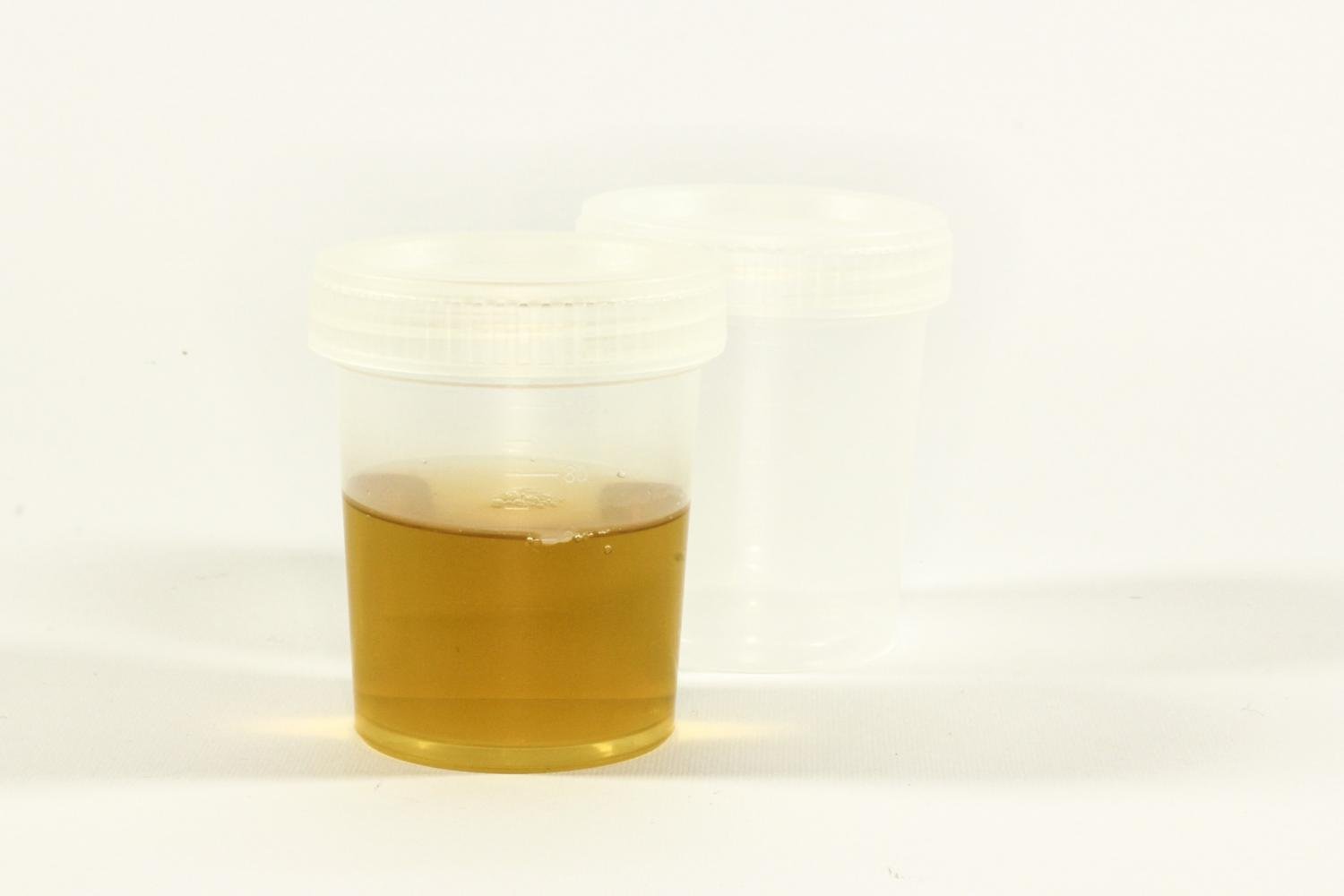FINALLY
When red blood cells degrade after their six-month lifespan, a bright orange pigment called bilirubin is produced as a byproduct. Bilirubin is typically secreted into the gut, where it is destined for excretion but can also be partially reabsorbed. Excess reabsorption can lead to a buildup of bilirubin in the blood and can cause jaundice—a condition that leads to the yellowing of the skin and eyes. Once in the gut, the resident flora can convert bilirubin into other molecules.
“Gut microbes encode the enzyme bilirubin reductase that converts bilirubin into a colorless byproduct called urobilinogen,” explained Hall, who has a joint appointment in the University of Maryland Institute for Advanced Computer Studies. “Urobilinogen then spontaneously degrades into a molecule called urobilin, which is responsible for the yellow color we are all familiar with.”
Urobilin has long been linked to urine’s yellow hue, but the research team’s discovery of the enzyme responsible answers a question that has eluded scientists for over a century.
It’s the leftover residue from your balls. I thought everybody knew already.
Girls have to pee all the time because they don’t have balls so they can’t store as much pee right
Balls, like where the pee is stored?
Science. Let’s pay another bunch of millions for research.
So it has little to do with how much water I drink?
Of course it does. If you drink more water than your body needs, your body will be expel more water, filling your bladder faster and offsetting everything else your kidneys are filtering.
Your kidneys have two important goals, and that is to excrete toxins and balance water. There are always similar amounts of urea in the body, but the amounts of water vary.
When you drink too much water, your blood gets a bit watery, and your pituitary stops making vasopressin, also known as Anti-diuretic hormone. In layman’s terms, this hormone tells kidneys to reabsorb water, and if it isn’t there, your kidneys send the water into your bladder instead of back into your blood. So the amount of colorants is nearly constant, but their dilution changes, and that’s what you can see when you drink too much or little.






